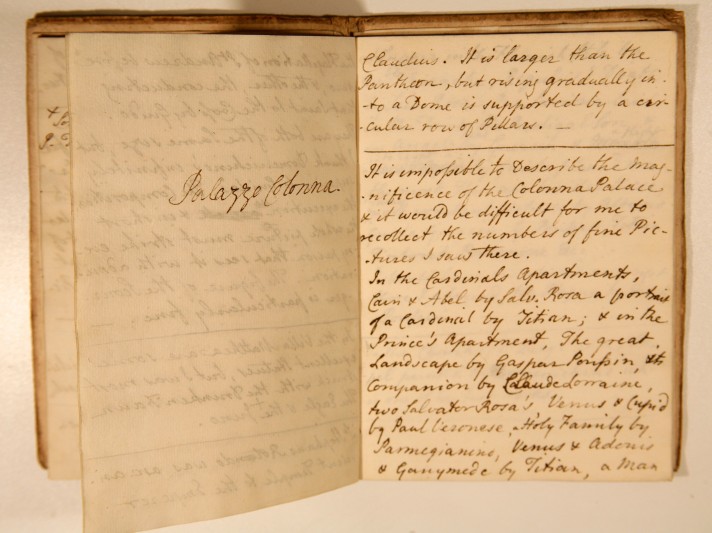Collection of over 400 letters. 260 letters are from Robert, first Earl of Lytton to Kent, author and journalist, who helped Robert publish the life of his father Edward Bulwer Lytton. Kent was a family friend and also correspondend with Roberts wife Edith and their son Edward.
Search FNL grants since 1931
Manuscript deeds of various properties at Chawton 1304 - 1525, together with a volume of transcribed deeds for Chawton 1547 - 1621. These considerably augment the papers already in the Record Office from the Knight family archive for the medieval period.
Manuscript journal of two tours made by Bunbury to Rome and to Florence, before he became well known as a caricaturist in London.
The earliest map is the work of John Walker senior and his son for Thomas Mildmay, dated to about 1600. The second map, drawn by anothe r member of the Walker family, Samuel, was drawn for Sir Henry Mildmay in 1623.
This document antedates the earliest surviving archives of Hastings Corporation by almost a century. It details the sufficiency and number of the men of Hastings ready to repel an invasion from France or Flanders from whence Perkin Warbeck had tried to invade a year earlier
190 volumes of detailed inventories and valuations dated between 1890 and 1966. The names, addresses and occupiers of every property are given, with room-by-room itemised lists of furniture, fittings, equipment and, in the case of commercial premises, stock-in-trade.
Comprises a case book of male pauper lunatics 1873 - 75, and three volumes of post-mortem notes 1884 - 89, 1889 - 93 and 1900 - 02.
The major part of the archive relates to the Henbury Hall estate, bought by Thomas Brocklehurst in 1875.
Molesworth was the founder of the philosophically radical London Review, which was supervised closely by Mill. The present letters provide a great deal of detail on the policy and development of the magazine, together with comments on individual articles and contributors.
An extremely rare account of the campaign of the Holy Roman Emperor Charles V against the corsair Khair al-Din, better known as Banbarossa, written throughout in clumsy ottava rima. The book was probably printed and published at Naples soon after Charless triumphal entry into the city
